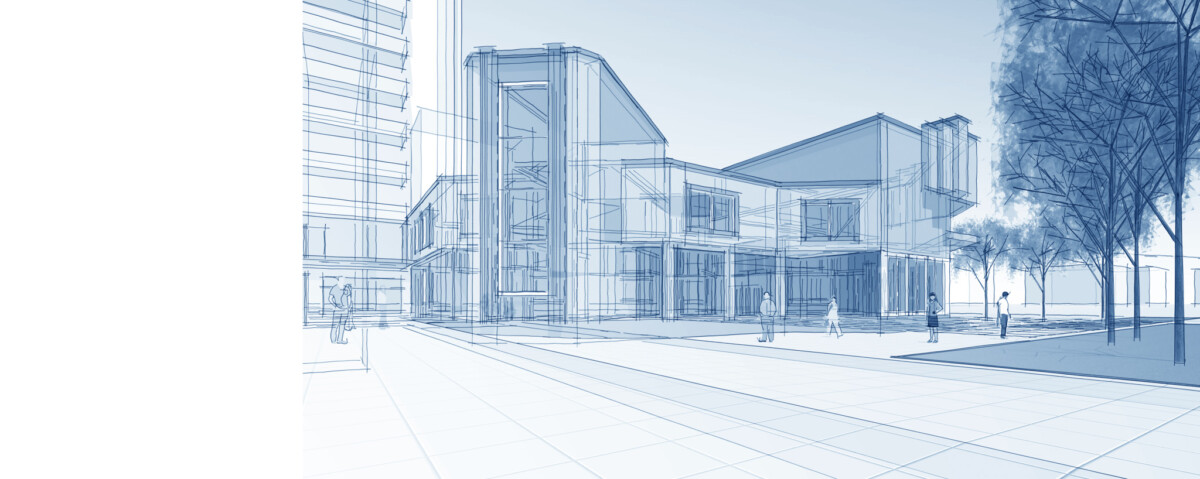Common Title Issues and How to Resolve Them
Buying or selling real estate is often one of the most significant financial transactions in a person’s life. Amid the excitement of closing a deal, many overlook a critical component of the process: the property title. A title is the legal documentation that proves ownership of a property. Ensuring the title is clear and transferable is essential to prevent future legal disputes or financial losses. Unfortunately, title issues are more common than most people realize. This article explores the most frequent title problems and provides solutions to resolve them.
1. Errors in Public Records
The Issue: Clerical or filing errors can occur during document recording processes at local courthouses or public record offices. A simple typo in a property description, misspelled names, or incorrect data entries can doubt property ownership.
The Solution: Conducting a thorough title search with a reputable company or real estate attorney is essential. These professionals can identify and correct errors before the closing. If discovered, a corrective deed or affidavit can often resolve the issue. Title insurance also protects buyers against losses resulting from undiscovered clerical mistakes.
2. Unknown Liens
The Issue: A previous owner may have had debts such as contractor fees, taxes, or homeowner association dues. Creditors can place a lien on the property, which becomes the new owner’s responsibility if not resolved before the sale.
The Solution: A title search will reveal any existing liens on the property. Sellers must clear these liens before a sale can proceed. If a lien is found after purchase, title insurance can offer financial protection and legal support to address the debt.
3. Illegal Deeds
The Issue: A deed may appear valid but may have been signed by someone not legally permitted to transfer property — for example, a minor, a person of unsound mind, or someone under duress or coercion.
The Solution: Title professionals will examine the chain of title to ensure each transfer of ownership is legally valid. A quiet title action (a lawsuit to establish rightful ownership) may be required if an illegal deed is discovered. Title insurance can help cover the cost of this legal process.
4. Missing Heirs or Undisclosed Wills
The Issue: When property owners die, their heirs are often entitled to the property. Sometimes, these heirs are unknown, or a previously undiscovered will surfaces after the property has changed hands. These heirs may later claim ownership rights, leading to disputes.
The Solution: Heirship and probate research are necessary parts of the title examination process. When a will is involved, probate attorneys can help establish rightful ownership. If missing heirs emerge later, a title insurance policy can mitigate potential losses for the buyer.
5. Boundary and Survey Disputes
The Issue: Neighboring properties may have conflicting property line descriptions, or existing fences and structures may encroach on a property. Survey disputes can hinder the sale and even result in lawsuits.
The Solution: Always request a recent property survey before purchasing. A land surveyor can provide an accurate outline of the property’s boundaries. If disputes arise, a boundary line agreement or litigation may be necessary. An enhanced owner’s title insurance policy often includes coverage for boundary issues.
6. Forgeries and Fraudulent Documents
The Issue: Fake or forged documents, including signatures or power of attorney documents, can result in improper title transfers. Fraudulent activity like identity theft is becoming increasingly common in real estate transactions.
The Solution: Title companies use various tools and legal resources to verify document authenticity during the title search. Buyers should also consider enhanced title insurance that includes fraud protection. Legal action and insurance coverage can help resolve ownership issues if fraud is discovered post-closing.
7. Undiscovered Encumbrances
The Issue: An encumbrance is a claim or liability attached to a property that can affect its use or transferability. Examples include easements, restrictions, or unpaid mortgages. These may not be immediately obvious but can severely limit a buyer’s property rights.
The Solution: Title searches typically reveal encumbrances, and buyers can decide whether to proceed. In some cases, legal action is required to remove or renegotiate restrictive covenants or easements. Title professionals can help assess and mitigate risk.
8. False Impersonation of the True Owner
The Issue: In rare cases, an imposter may be the property owner who sells a home fraudulently. This can result in a complete loss of investment for the unsuspecting buyer.
The Solution: It is crucial to verify the seller’s identity through government-issued IDs, notarized documents, and professional title services. Title insurance provides a critical safety net in impersonation or fraudulent sales.
9. Unreleased Mortgages
The Issue: Previous mortgages paid off may not have been officially released in public records. This can create confusion about whether the property is still encumbered by debt.
The Solution: Unresolved mortgage entries will be flagged during the title search. The seller should provide proof of payoff and file a release of lien with the county recorder. Title professionals can assist in tracking down lenders and finalizing the release.
10. Improper Legal Descriptions
The Issue: A legal description that inaccurately outlines the property’s location, size, or boundaries can invalidate a deed or lead to disputes with neighboring property owners.
The Solution: A professional survey and legal review of the property description are crucial. Corrective documentation should be filed immediately upon discovery. Title professionals and attorneys ensure that legal descriptions align with actual land boundaries.
Final Thoughts: Protecting Your Real Estate Investment
Real estate title issues range from simple administrative errors to complex legal disputes. The most effective way to protect yourself is to invest in professional title services and purchase a comprehensive title insurance policy. Here are key takeaways to prevent and resolve title problems:
- Always conduct a professional title search.
- Purchase owner’s title insurance for protection against hidden issues.
- Use reputable real estate agents, attorneys, and title companies.
- Ensure all documentation is legally sound and properly filed.
By proactively identifying and addressing potential title problems before closing, buyers and sellers can avoid costly complications and ensure smooth, secure real estate transactions.
Thank you for reading! If you enjoyed this article and want to explore more content on similar topics, check out our other blogs at Sonic Loans, Sonic Realty, and Sonic Title. We have a wealth of information designed to help you navigate the world of real estate and finance. Happy reading!
Are you looking for the right loan? Check out Sonic Loans for tailored mortgage solutions that make home financing simple and efficient.
Digital Property Management Solutions: The Future of Real Estate Efficiency
Virtual Reality in Property Marketing: The Future of Real Estate
PropTech Trends Shaping Real Estate
AI in Real Estate: Current Applications
Blockchain in Real Estate: Future Applications
Smart Home Features Worth Installing
Allen Park vs. Garden City: Where to Invest in 2025
Renting vs. Buying in Dearborn: Which Is Better?
What to Expect at the Closing Table in Home Closings


















